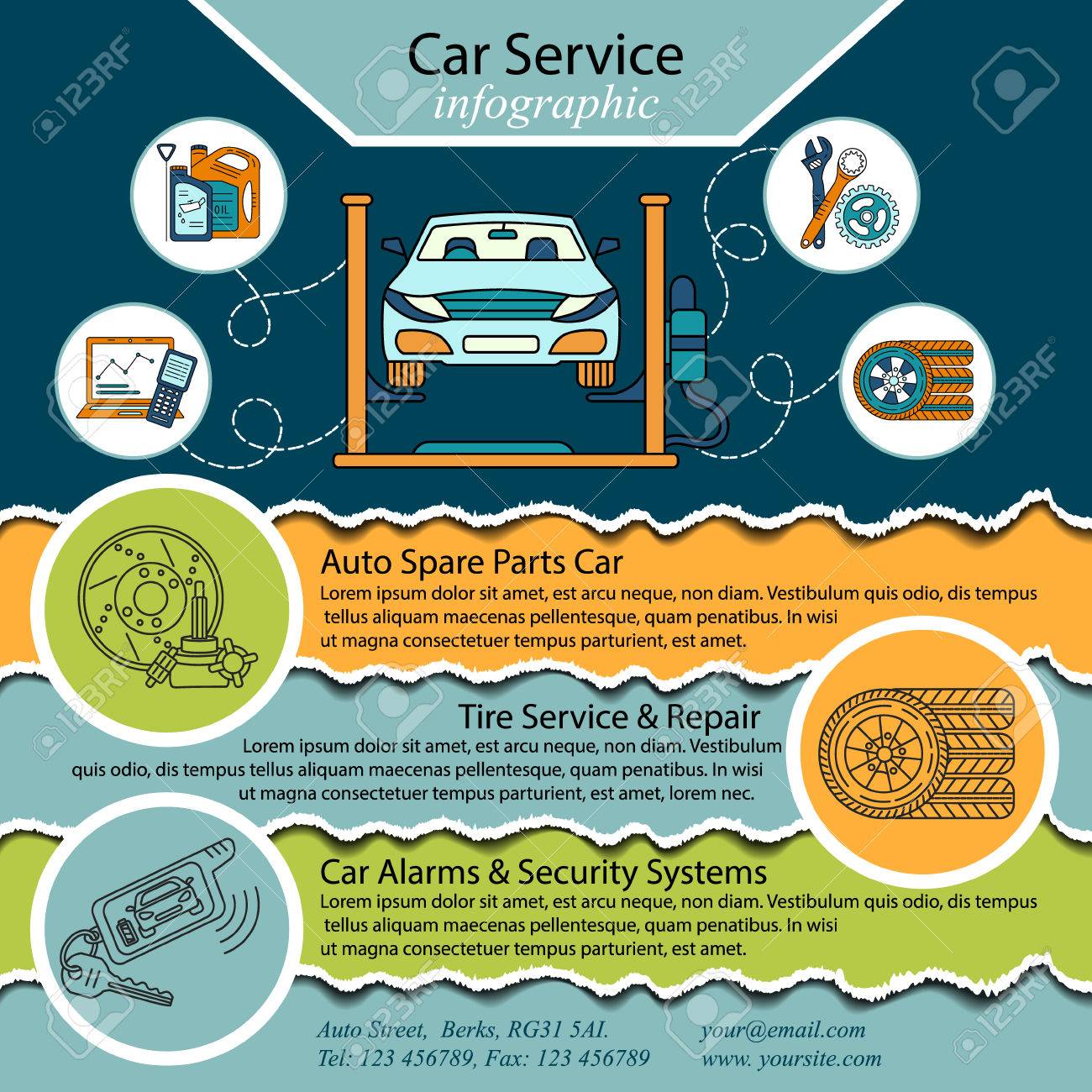Explore The Meaning Behind Vehicle Warning Lights And With Confidence Resolve Any Possible Issues
Explore The Meaning Behind Vehicle Warning Lights And With Confidence Resolve Any Possible Issues
Blog Article
Web Content Author-Gunter Lindegaard
When you lag the wheel, those little caution lights on your automobile's control panel can be fairly puzzling. What do they imply, and should you be worried? Recognizing these signals is critical for your car's wellness, however it doesn't need to be an overwhelming job. By decoding the enigma behind each light, you'll be outfitted to manage possible problems successfully and keep your vehicle running smoothly. So, next time a caution light flashes, don't panic - arm yourself with knowledge and take control of the situation.
Significance of Automobile Warning Lights
Comprehending the value of your vehicle's warning lights is critical for maintaining your automobile's health and wellness. These lights work as your cars and truck's interaction system, alerting you to possible problems that might endanger your safety when traveling or cause expensive repairs if neglected. By taking note of these cautions, you can deal with problems early and prevent more damages to your vehicle.
Ignoring warning lights can lead to major repercussions, such as engine failing, brake malfunctions, or even crashes. These lights are designed to inform you of problems varying from reduced tire pressure to engine breakdowns, giving you the chance to act before the circumstance gets worse. Routinely examining and recognizing these warnings can save you time, money, and ensure your safety and security while driving.
Along with maintaining you secure, reacting promptly to warning lights can also assist prolong the life expectancy of your car. By dealing with concerns beforehand, you can avoid tiny issues from rising into significant repair work, inevitably conserving you money and time in the long run. Keep in pro tech automotive , your cars and truck's warning lights are there for a factor - do not neglect them!
Common Caution Lights and Meanings
When it involves driving your auto, being aware of common caution lights and their definitions is necessary for your security and automobile maintenance. Here are a couple of typical caution lights you might come across:
1. ** Check Engine Light **: This light indicates an issue with your engine. It could be something small like a loose gas cap or something more severe like engine misfiring.
2. ** Battery Light **: This light signals a trouble with your car's charging system. It can suggest a faulty battery, alternator, or various other associated parts.
3. ** Oil Stress Light **: When this light begins, it suggests your engine might be running low on oil or experiencing reduced oil stress, which can cause engine damage if not attended to without delay.
4. ** Brake System Light **: This light suggests a concern with your braking system. It could indicate low brake fluid degrees or a trouble with the brake system that calls for immediate interest.
Recognizing these typical caution lights will certainly help you identify potential problems at an early stage and avoid even more significant problems down the road.
Exactly how to Respond to Caution Lighting
In the event that a caution light illuminates on your car's control panel, it's crucial to respond quickly and appropriately. When a caution light begins, the primary step is to consult your owner's handbook to comprehend the certain problem suggested by the light.
Some lights call for immediate attention, while others might indicate a much less immediate issue. If safelite auto glass repair is red or blinking, it's normally a sign of a severe problem that needs immediate activity. In such cases, it's recommended to pull over safely, turn off the engine, and look for professional help.
For yellow or orange caution lights, while they might not call for instant interest, it's still essential to address the underlying concern promptly to stop additional damage. Regular upkeep and examination can aid protect against warning lights from beginning unexpectedly.
Final thought
Finally, recognizing your cars and truck's caution lights is essential for keeping your automobile's health and wellness. By routinely inspecting and reacting to these cautions, you can deal with prospective problems early and prevent pricey repair services or safety and security risks. Keep in mind to consult your owner's handbook for information on various warning lights and always take immediate activity for red or flashing lights. Stay proactive and maintain your cars and truck running efficiently!
